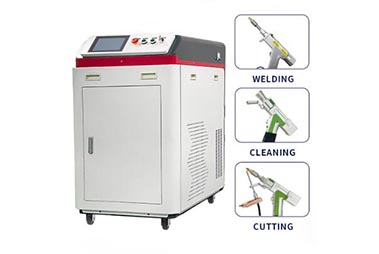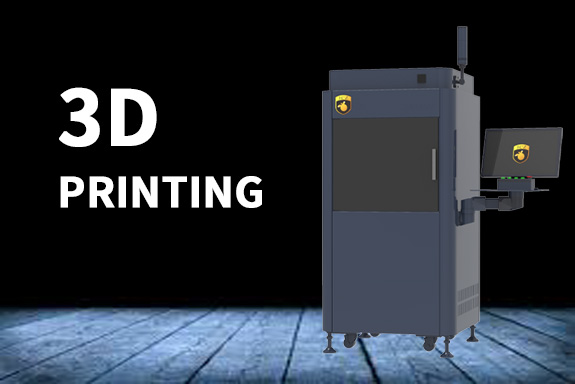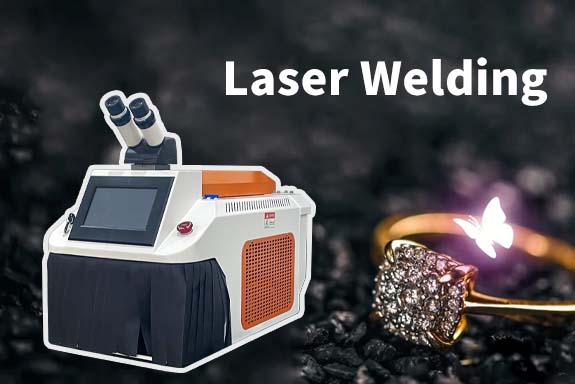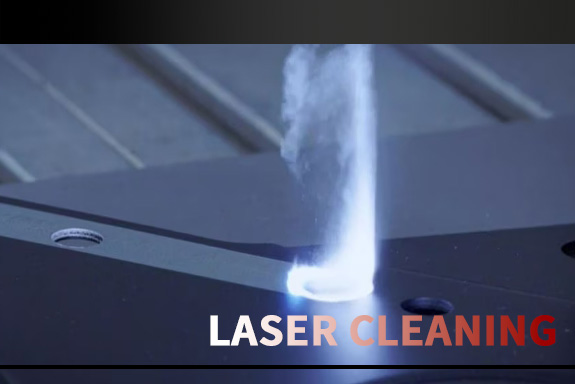If you’re looking to remove surface rust, paint, or other coatings without damaging the substrate, laser cleaning is a great option. If you need to remove tough, thick coatings over a large area, traditional removal methods like abrasive blasting may be a better choice.
Understanding Laser Cleaning and Sandblasting
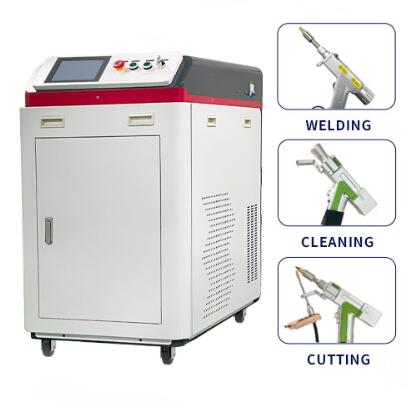
Key Factors to Consider
1. Surface Compatibility
Laser Cleaning: Highly precise, laser cleaning can be adjusted to work on sensitive surfaces without causing damage, ideal for delicate machinery or historical artifacts.
Sandblasting: Effective for robust materials but may cause wear or damage to softer surfaces, leaving behind abrasive particles that require additional cleaning.
2. Efficiency and Speed
Laser Cleaning: Modern systems can clean surfaces at rates of up to 15 m² per hour, depending on the material and layer thickness.
Sandblasting: Efficient for large areas but less effective for intricate or detailed cleaning tasks.
3. Environmental Impact
Laser Cleaning: Eco-friendly with minimal waste and no chemicals or abrasives needed.
Sandblasting: Generates large amounts of waste and may pose environmental hazards without proper disposal.
4. Safety and Maintenance
Laser Cleaning: Non-contact method reduces operator exposure to harmful materials with low maintenance requirements.
Sandblasting: Poses safety risks due to fine dust particles, requiring protective gear and ventilation systems.
5. Cost Considerations
Laser Cleaning: Higher initial investment but lower operating costs and better ROI over time.
Sandblasting: Lower upfront costs but higher ongoing expenses for abrasives, cleanup, and maintenance.
Industry Insights: Market Adoption of Laser Cleaning
The global laser cleaning market is projected to grow at a CAGR of 8.7% from 2023 to 2030, driven by increasing demand for environmentally friendly and precise cleaning technologies. In contrast, the sandblasting market is witnessing slower growth due to stricter environmental regulations and rising costs associated with waste management.
Industries like aerospace and automotive are leading the adoption of laser cleaning due to its ability to deliver consistent, damage-free results.
Use Cases: When to Choose Laser Cleaning or Sandblasting
Laser Cleaning
- Removing rust or coatings from precision equipment
- Cleaning delicate surfaces such as historical monuments or artworks
- Preparing surfaces for welding or painting
- Situations requiring minimal waste and low environmental impact
Sandblasting
- Stripping thick, tough coatings over large industrial surfaces
- Heavy-duty cleaning in shipyards, construction sites, or pipelines
- Applications where surface wear is not a concern
Why Choose Laser Cleaning Machines from JCZ?
JCZ Technology, a global leader in laser solutions, offers advanced laser cleaning machines tailored to meet diverse industrial needs. With nearly two decades of expertise, JCZ delivers reliable, high-performance systems that combine precision with eco-friendliness. Key features include:
- Real-time Control: Adjust laser parameters for optimal cleaning efficiency.
- Wide Material Compatibility: Suitable for metals, plastics, and delicate surfaces.
- Sustainability: Minimal waste generation and no consumables required.
Conclusion: The Future of Surface Cleaning
While sandblasting remains viable for heavy-duty applications, laser cleaning is emerging as the superior choice for industries seeking precision, efficiency, and sustainability. With advancements in laser technology, businesses can achieve unparalleled cleaning results while reducing costs and environmental impact.
For companies looking to embrace the future of surface cleaning, JCZ‘s cutting-edge laser cleaning machines provide the perfect solution, ensuring high-quality performance and long-term reliability. Contact us now!

